May 10, 2024 | 03:38 GMT +7
May 10, 2024 | 03:38 GMT +7
Hotline: 0913.378.918
May 10, 2024 | 03:38 GMT +7
Hotline: 0913.378.918
In recent years, the selling price of sugar has often been lower than the production cost. The consequences of the COVID-19 pandemic and the impacts of conflicts around the world have disrupted the supply chain, pushing up input material prices. In addition, fierce competition for growing areas between sugarcane and other crops has significantly affected the operation of Son La Sugar Joint Stock Company (Son La Sugar Company).
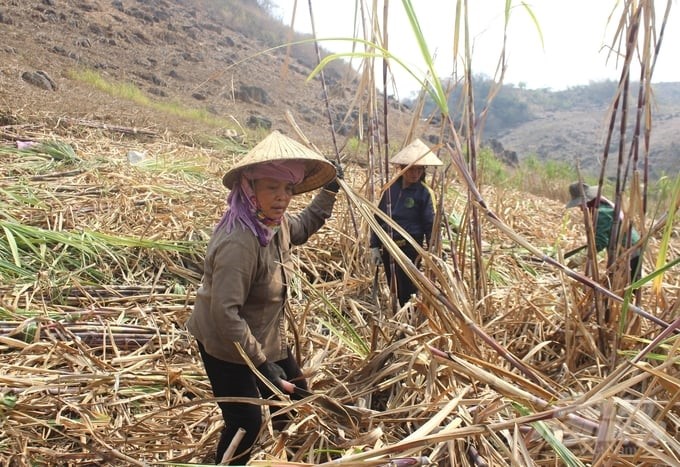
Sugarcane production linkage is helping Son La Sugar Joint Stock Company and Son La people benefit. Photo: Trung Quan.
Faced with that situation, in order to stand firm, the Company has proactively built many policies to link and accompany farmers to maintain and gradually expand raw material areas. At the same time, apply technical, scientific, and technological solutions to save costs and improve production value.
Mr. Nguyen Van Tai, Director of the Processing Factory (Son La Sugar Company), said that with a processing capacity of 5,000 tons of sugarcane per day, a stable source of raw materials is a vital issue for the Company’s operation and development. However, the ever-expanding wave of fruit tree growing has pushed sugarcane away from the factory, leaving fertile, flat lands and moving to higher areas. Meanwhile, people's resources and sugarcane-growing techniques have not changed significantly, so many households are no longer interested in sugarcane.
Realizing that losing raw material areas means closing the factory, in addition to investing in upgrading technology, the Company has regularly coordinated with local governments to widely inform and disseminate policies and benefits to people when they participate in the raw sugarcane production linkage with the factory so that they can clearly understand and have a basis for comparison and cost accounting. In addition, the Company has closely coordinated with more than 30 agricultural extension officers to advocate, disseminate, and guide sugarcane growing techniques for people in each village.
According to Mr. Tai, in order for the sugarcane production linkage chain to be steadfast and both the factory and farmers to benefit, before each sugarcane crop, the Company announces support policies and a purchasing price floor for growing households to clearly and thoroughly understand before signing an association contract. Households that register to plant 1 ha of sugarcane will receive a non-refundable support of VND 10 million for soil tillage. In particular, households growing sugarcane varieties with high sugar reserves will receive a support of VND 15 million/ha for soil tillage and 2 tons of microbial fertilizer.
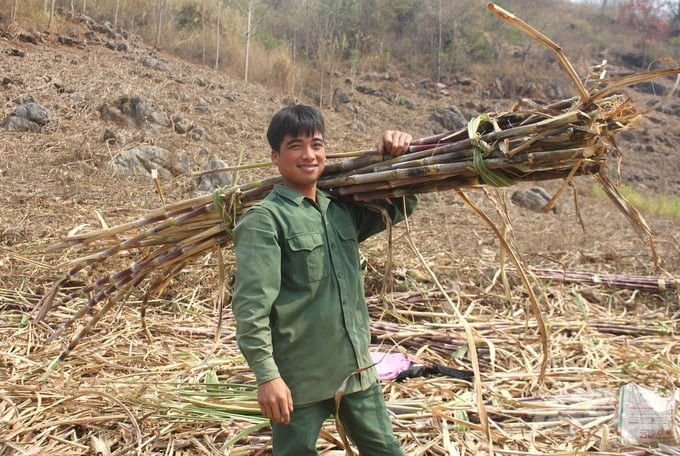
Currently, after deducting costs, Son La sugarcane farmers earn a profit of VND 40–50 million/ha. Photo: Trung Quan.
Besides, the Company supplies seeds and input materials (fertilizer, pesticide) at the lowest price. Households unable to pay immediately will be debited and deducted when harvesting. In addition, the Company also creates conditions for affiliated households to get an advance (if needed) to maintain life and production during the unharvested period.
Regarding sugarcane varieties, with the characteristics of growing areas in places with steep slopes, some varieties, although their sugar reserves is not high, are still used because of their drought tolerance and various types of planting soil, such as R579 (currently accounting for 65% of the Company's seed structure). Instead of the traditional planting method of using buffaloes and cows to plow shallowly, the Company's technical staff instructs people to use rippers to help the trees stand firm and retain moisture; use supported microbial fertilizer to improve soil before planting. At the same time, the Company also coordinates with research institutes to regularly update and test sugarcane varieties with high sugar reserves suitable for each region's soil to put into production.
Regarding purchase, in addition to announcing the price floor (the Company’s bulk purchasing price of VND 1,030/kg in the 2023–2024 crop year), the Company applies a sugarcane price insurance policy in case of unexpected accidents and natural disasters such as fires, storms, and floods causing a decrease in sugarcane quality during harvest. Within 24 hours after the incident, the Company will still purchase sugarcane at the original price to reduce losses for people.
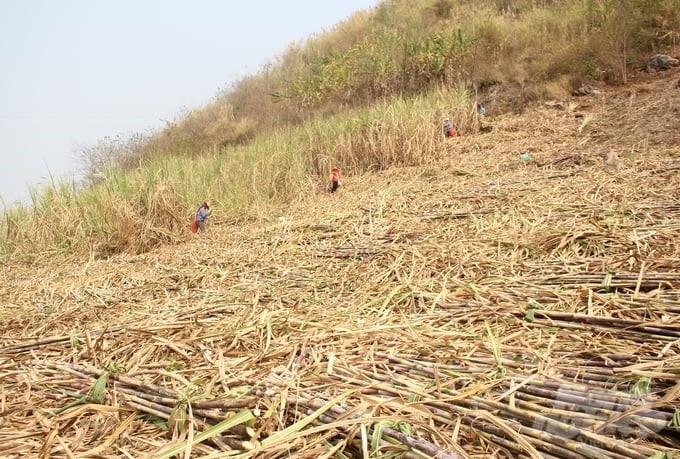
As of the 2023–2024 crop year, Son La Sugar Company has built a raw material area of over 9,000 ha. Photo: Trung Quan.
In areas with difficult terrain, the Company supports the construction of infield roads to facilitate the movement of purchasing vehicles into the fields. Besides, the Company creates conditions for children of sugarcane-growing households to transport sugarcane for the company.
Thanks to that, many households with a large sugarcane area and output have boldly invested in buying vehicles to transport sugarcane, thereby both creating jobs and increasing income.
With this approach, from standing at the risk of losing raw material areas, by the 2023–2024 crop year, the company has built a raw material area of over 9,000 ha (planned to increase to 9,500 ha in the next crop year).
Thanks to the new form of production and the companionship of businesses, many households in sugarcane-growing areas in the districts of Mai Son, Yen Chau, Bac Yen, Muong La, etc. (Son La province) have gone from taking care of each meal to rising to escape poverty.
Ms. Nguyen Thi Quyen, in sub-zone 7, Na Bo commune (Mai Son district), planting 3 ha of sugarcane, excitedly said that since joining the linkage with the company, she has received support for soil tillage, basic fertilizer, and ensuring the consumption of all products, helping to greatly reduce costs and labor. In addition, thanks to the Company's agricultural extension staff providing technical guidance, the average annual sugarcane yield is constantly increasing, from only 70–80 tons/ha in the past to 100–110 tons/ha at present. Thereby, for each sugarcane crop, after deducting costs, her family earns a profit of VND 40–45 million/ha.

Son La Sugar Company invests in a modern line system to produce quality products and utilize all by-products to produce fertilizer and generate electricity. Photo: Trung Quan.
Unable to hide her joy when her family's entire 3ha of sugarcane was harvested with high yields, Ms. Le Thi Thanh from Na Bo commune said that in the past, her family and many households lacked capital and production techniques, so they only knew about corn and cassava growing. Every household that works hard only has enough to eat. Since switching to sugarcane farming, especially linking with the Company, her family's life has been well-off.
"Fruit trees can be seen everywhere around here, easily pushing supply beyond demand, then struggling in the chorus of 'good harvest but bad price'. Persevering with sugarcane is sometimes a good idea," she said.
According to Mr. Nguyen Van Tai, Director of the Processing Factory (Son La Sugar Company), in addition to building a close linkage chain with farmers to maintain raw material areas, the Company also promotes circular production activities, which are environmentally friendly and cost-effective, when all by-products from the sugarcane processing process are utilized to produce fertilizer and fuel for electricity generation.
Specifically, after being pressed, bagasse is transferred through the conveyor system to the boiler department as fuel, providing steam for the Company's 9 MW generator. Currently, with the amount of bagasse fuel estimated at 120,000 tons/crop, the average amount of electricity produced to serve the production line is estimated at 17,000 MW/crop. The Company has been able to self-provide electricity for its operations and has a surplus of nearly 2 MW/crop. At present, the factory is going through procedures to be able to transmit to the national grid. The Company sells a surplus amount of bagasse to export pellet pressing units and cooperatives in the region for use in organic fertilizer production, soil improvement, etc.
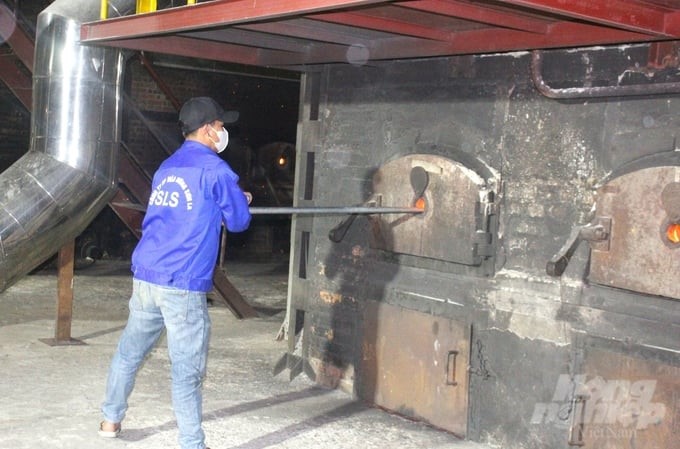
Utilizing bagasse as fuel to burn boilers to provide stream for generators helps Son La Sugar Company save a lot of costs. Photo: Trung Quan.
Regarding fertilizer production, when sugarcane juice enters the rapid settling device, the impurities in the sugarcane juice form a precipitate that settles to the bottom (called sludge water) and is fed into a vacuum filter to filter and separate the sludge from the line. with an estimated output of 20,000 tons/year. A part of this sludge is used to produce organic microbial fertilizer for crops.
The factory currently has an organic microbial fertilizer production workshop with a capacity of 10,000 tons/year. The entire amount of this fertilizer is provided back to cooperatives and sugarcane-growing households throughout the company's raw material areas and to other units in the area to produce fertilizer for other crops.
Translated by Huyen Vu Thu
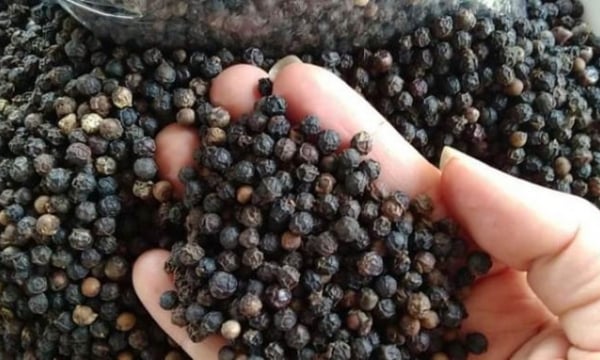
(VAN) Domestic pepper prices continue to rise sharply on 05/09/2024. The current price is trading around the range of VND 103,000 to VND 104,000/kg.
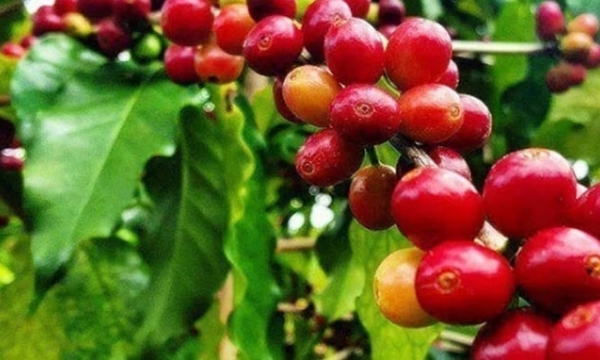
(VAN) Coffee prices on 05/07/2024 declined sharply. Domestic coffee prices have decreased by VND 1,000, trading around VND 99,000-VND 100,500/kg.
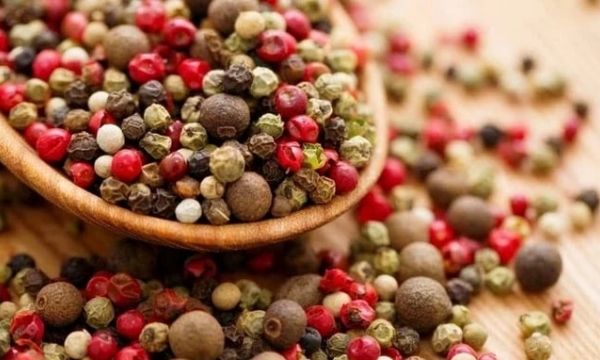
(VAN) Pepper prices on 05/05/2024 increased by VND 2,000 - 4,000, reaching VND 103,000 - 104,000/kg. Domestic pepper prices surged by VND 6,000/kg.
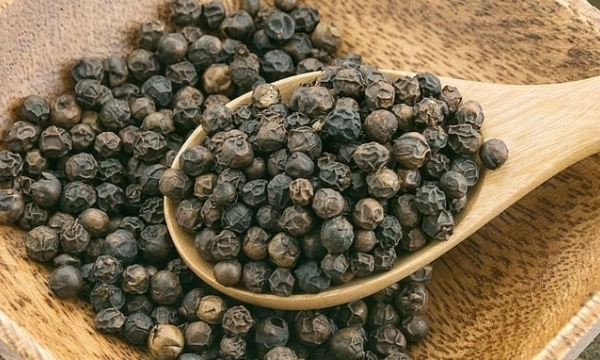
(VAN) Pepper prices on 05/04/2024 increased by VND 1,000. As a result, the domestic pepper price has reached the range of VND 100,000 - 101,000/kg.
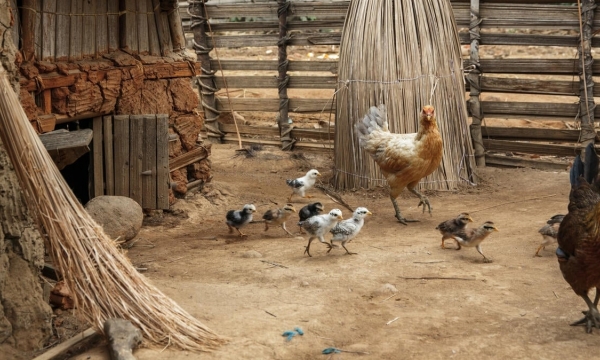
(VAN) Rising international quotations for meat, cereals and vegetable oils offset drops for dairy and sugar.
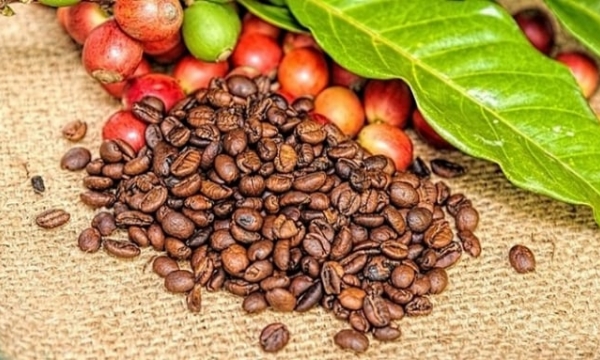
(VAN) Coffee prices on 05/03/2024 continue to plummet. Domestic coffee prices have dropped by up to VND 2,000, trading around VND 130,000 - 130,700/kg.
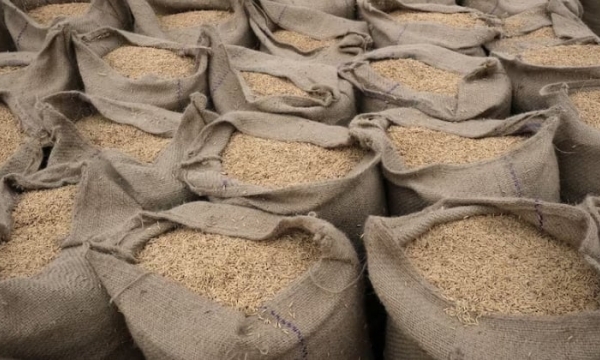
(VAN) India's 5% broken parboiled variety was quoted at $528-$536 per ton this week, down from last week's $538-$546. Prices hit a record high of $560 last month